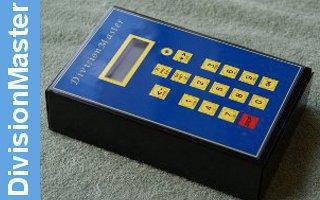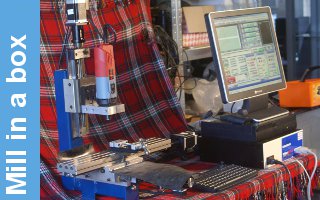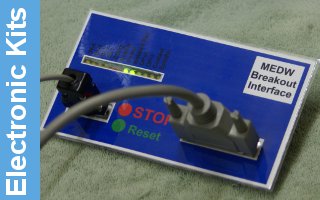HRP Colour
The man who builds a true, free-lance model, has an unlimited choice of colours with which to paint it. The true free-lancer builds a model to his particular whim and fancy and often produces excellent results, but does not spoil an existing engine design. However, if your model comes in the category of a true scale version of any particular prototype then it follows that your choice of colours should be in the range of those of the original engine, and to be absolutely correct, one should also take care to keep the lining on the level of the original. For example a straightforward agricultural engine would have simple lining carried out on the spokes, and mostly, the rivets would not have carried any colouring, whereas on a Showman, the rivets were picked out in alternate colours with the wheels often finished in primrose yellow. The lining of the spokes would have joined up with curved lines passing along the web of the outer wheel rim itself.
The drawing will generally give you some indication of suitable colours to finish your model in. These are, of course, intended as a guide, since several colour variations would have been used in the originals. Showman's engines seem to have been fairly standardised, with a maroon main colouring, and bright primrose wheels, although of course there were variations. Agricultural engines were commonly finished in maroon throughout, or perhaps green, and often with a variation on the wheel colouring, although the bright primrose used in the Showman does not seem to have been popular, probably because of the difficulty of keeping an engine clean under agricultural conditions. Wallis and Steevens rollers were often finished in chocolate brown; this again was a very serviceable colour for a hard working engine.
A typical colour scheme for a Showman, would be as my own Fowler 'PRINCESS* design. Main colour:-Showman's maroon would be applied to the boiler, hornplates (top half), spectacle plates, tender, front axle, perch bracket, dynamo, motion side covers, canopy side and end boards, and the various stays. The wheels would usually be bright primrose although a few Showmen used an alternative bright colour of their choice. Cranes, where fitted, would be the same colour as the main colour scheme. Motion brackets and components were commonly finished in bright pillar box red; this would include the wayshaft. crankshaft webs and eccentric straps. These very noticeable eccentric straps are one of the most common points of error in the painting of a model. They are supplied in gun-metal (by model suppliers) for ease of machining, but in the original engine they were usually cast iron, which was then painted; so remember, they should not be polished if your model is to be authentic. There were, of course, some exceptions to the rule, but make sure to polish them only if the original engine components were polished. Gear levers, reversing lever, steering and brake wheels were also normally finished in bright red, the latter components having polished rims. Model steering wheel castings are often supplied on size; the best way to obtain a nicely polished and blended finish to the rim is to spin the wheel in the lathe, and apply a sanding disc to it (in a hand drill), this way an excellent finish can be obtained in minutes. Always protect the lathe bed with cloth while sanding.
Colour variations were used on the original engines, mainly employing the colours already mentioned in this chapter, but in general, the same assemblies were painted in the base colour in both Showman and Agricultural engines, the contrasting colours (apart from lining), normally being applied to the wheels. Black finishes of course, are applied to the lower parts of the hornplates (i.e: boiler sides), front and back of boiler, chimney and base and smokebox.
The underside of the canopy was often a light colour, the top canvas was usually white with black retaining strips, and the side boards to the canopy were generally maroon.
Lining colours on the Agricultural engines included white, bright red, yellow, black and green, whereas the Showmen included these colours, and added gold, blue, and often others to the blaze of colour, delighting the admiring fairground crowds of years gone by.








